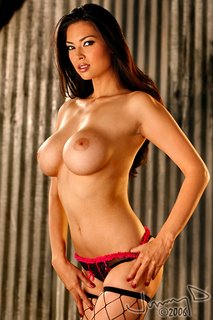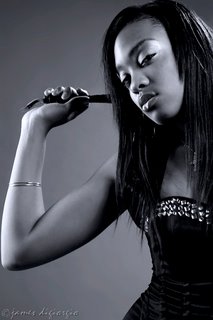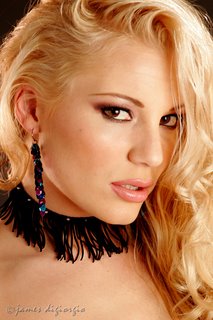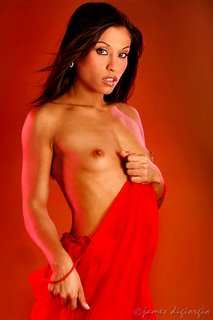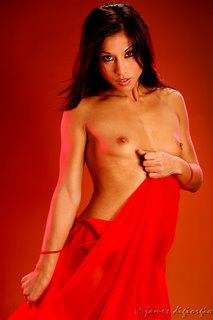 Thought I'd toss out a New Year's greeting in Italian since it's such a big part of my cultural ethnicity.
Thought I'd toss out a New Year's greeting in Italian since it's such a big part of my cultural ethnicity. For my last meal of 2006, I went with Spaghetti Aglio Olio with some nice grilled sausages ("saw-seej" as my Grandmother would say) and some crusty bread. Made the meal myself! That's how ethnic I'm feeling tonight.
Unlike many of Italian descent, I'm not much of a wine drinker so I went with Lemonade Crystal-Lite to wash it down. Yah, I know, that's practically heresy.
I already wrote about my resolutions for the coming year. I prefer getting the resolution-making out of the way before New Year's Eve. For this last evening of the outgoing year, I usually reflect back, focusing on the really postive things that happened in my life during the year. I'm not much for partying and crazy revelry on New Year's Eve, never have been. I usually stay in. That's not because I don't know how to party. Trust me, I do. I've just never been into doing so on New Year's Eve. Don't know why. It's just me I guess.
Here are a few of the terrific things that took place in my life during 2006:
1. From the perspective of family, which is the most important thing of all, my daughter gave me a second grandchild. For me, the birth of my grand-daughter, Brooklyn, was the most wonderful and momentous day of 2006 and counts as one of the all-time greatest things to happen in my life, right along with the births of my two children and my grand-son.
2. From the perspective of my career, 2006 marked the year I decided to devote myself to photography above all my other endeavors. I spent more time hustling work as a stills shooter than as a video shooter and related gigs, albeit not always as successfully as I'd like. While that decision resulted in a decline in income, I'm happy I made the choice and I intend to continue in that direction. I'm bent on turning the resultant income decline around and discovering new ways to put my photography skills and knowledge to work.
3. Deciding to create this blog was a decision I'm glad I made. It's given me an opportunity to put into perspective my philosophy and knowledge of photography and the genre of photography I mostly pursue. Although I'm not sure where this blog will ultimately lead me, I'm pretty sure it's going to lead me to positive things.
Well, those are the big three for me. I wish everyone the best of everything in the coming year!
The gratuitous eye-candy is Charlotte. Instead of the warm, saturated skin tones I often utilize, I went with a softer, cooler-toned, lower-contrast approach to the processing. MUA was Lilian.











































